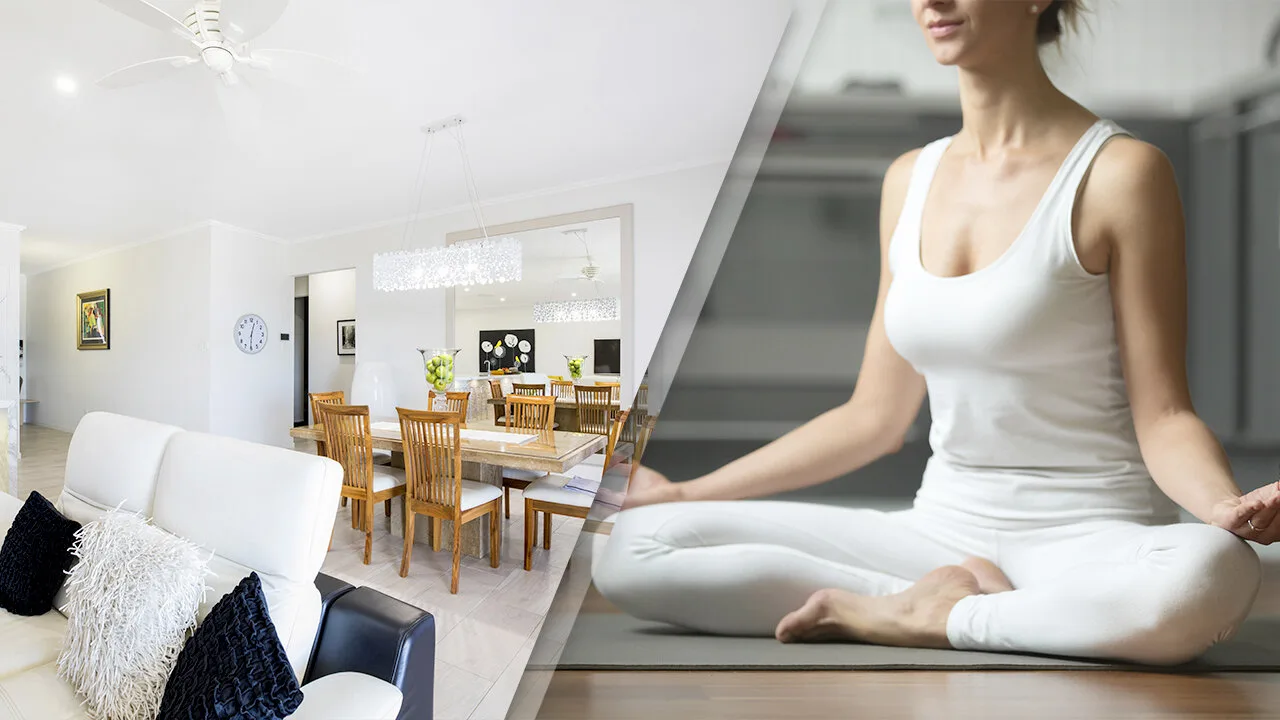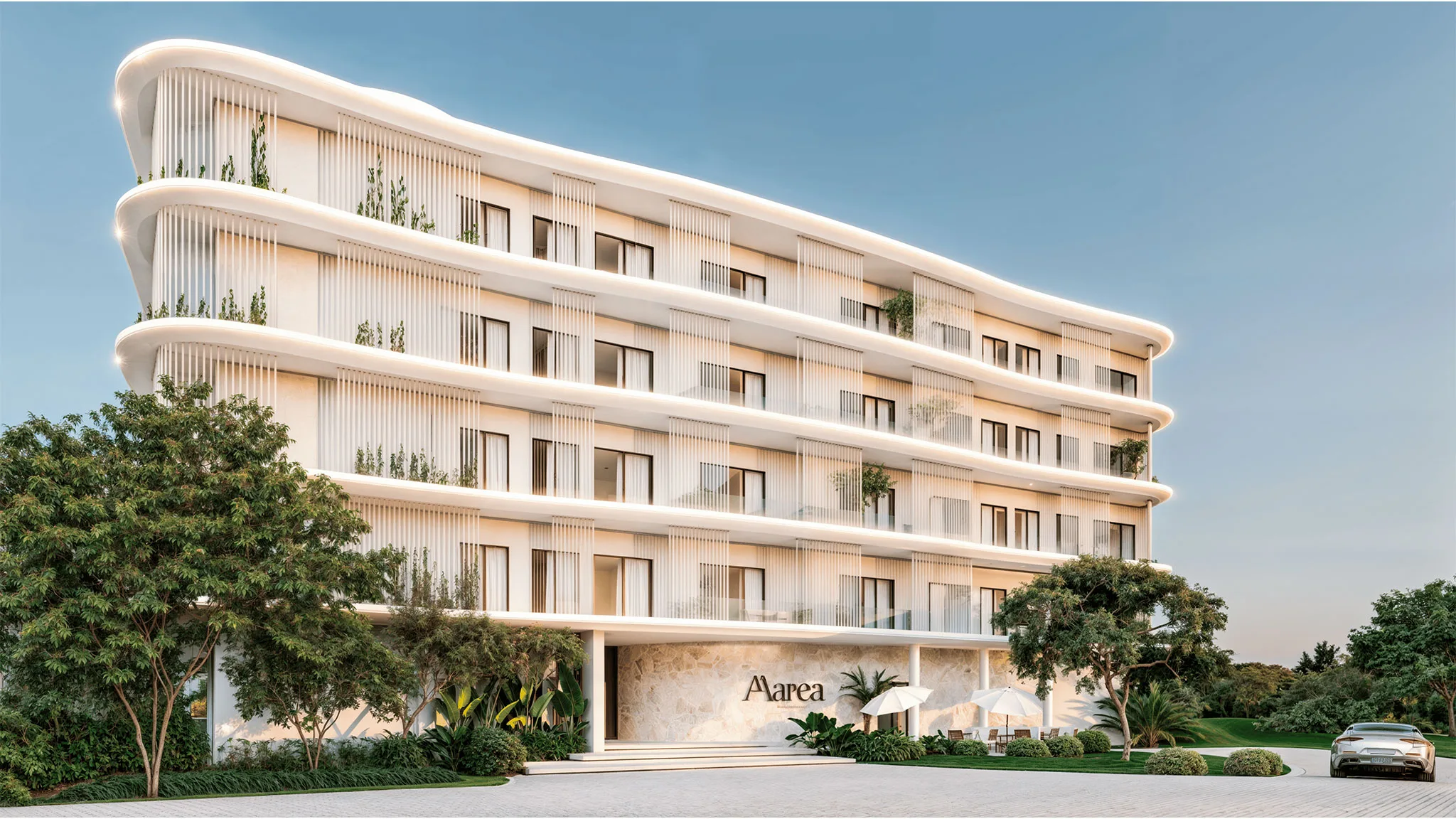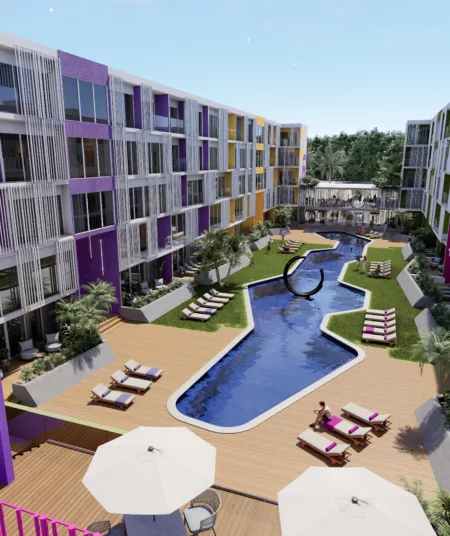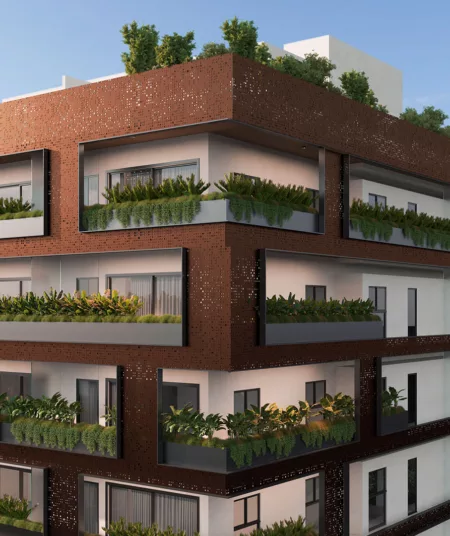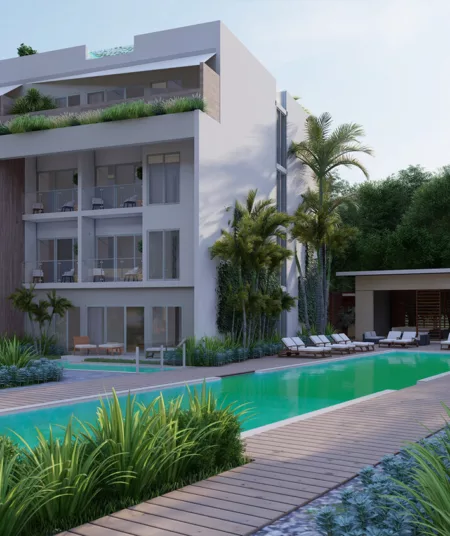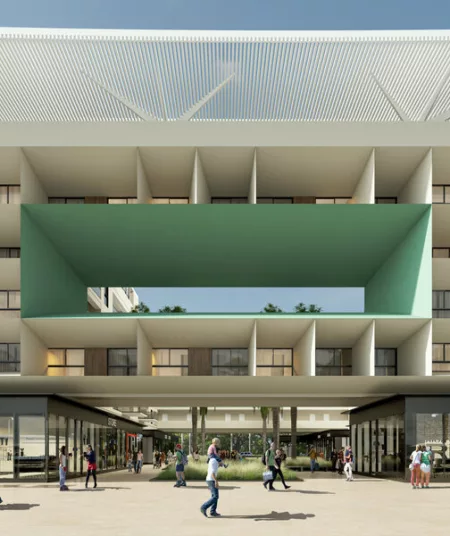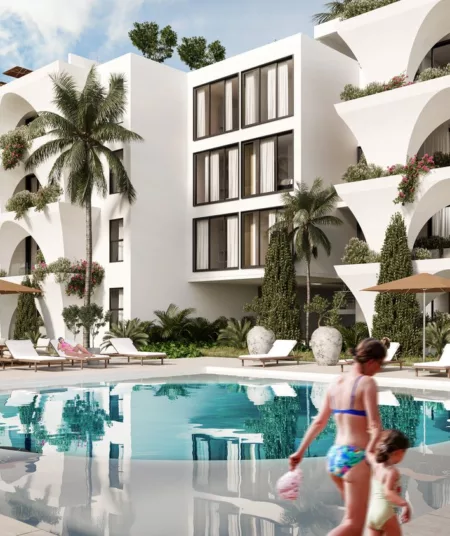Mindfulness is translated as “full attention or full consciousness“, a term created by the New Yorker Jon Kabat-Zinn in the eighties and inspired by Buddhist meditation techniques adapted and updated to the Western mentality. This practice transcends people and reaches the interior design as a spiritual aspect from which the Mindfulhome concept was born.
Under this perspective, spaces are conceived to be lived, not to impress; encouraging introspection through different elements: from the architectural composition, with fewer physical and visual divisions, to the decoration, thought as the indispensable elements that make us inhabit that environment in harmony.
Balance and inspiration 2.0
People who want a home adapted to this philosophy are increasingly seeking inspiration on the Internet by resorting to social networks like Pinterest, which has experienced an increase of “248% in pins saved related to Mindfulness at home“, according to a recent publication of the magazine hola.com Another have consulted information on blogs or specialized websites such as Elephant Zen , Mindfulness for Women , The Mind Republic and MindFul Kids, among others.
Open the doors and windows to tranquility
Craig Hassed, author of the book The Mindful Home in an interview for AD Architectural Digest magazine explains that “a Mindfulness home is one that helps you feel mindful when you are in it. That is, connected, awake, confident and at peace with yourself, the people you live with and your surroundings. It nourishes you, interests you and engages you. It feeds your senses without overwhelming them, and doesn’t distract you from being present in the now.“
The expert affirms that any home can be transformed into a more favorable space to achieve that peace we long for, simply by “taking some time and taking care to look at it, connecting with the environment and making the changes that are possible to improve it“.
Among some of the recommendations provided by these specialists are:
– The space as a whole: open spaces or spaces without distractions take precedence, based on a minimalist style that helps us to stay with the essentials. Natural light, soft and dim, should be the protagonist.
– Colors and textures: earth tones such as ocher and soft colors will be a priority in the chromatic palette. We leave out the stridencies and seek to connect with the environment through touch, for which we enter the third point.
– Natural materials: natural fabrics, plants and unsweetened materials such as wood, clay or stone will help to reinforce the habitat, making it part of a whole.
– Escape from time: spaces should facilitate introspection, for which we will eliminate clocks from places where they are not necessary, for example in the kitchen. This will encourage leisurely activities.
– Technological disconnection: although home automation and gadgets are initially designed to make our lives easier, sometimes this hyperconnectivity can lead us to be unable to find calm. It is recommended to have the minimum technological environments and that these are focused on specific places.
– Surround yourself with important things: a place that you want to feel special can be filled with objects that tell you stories. Plants, photos, pictures, bells, water fountains, sculptures or religious images if appropriate, can help you create the environment you are looking for.

